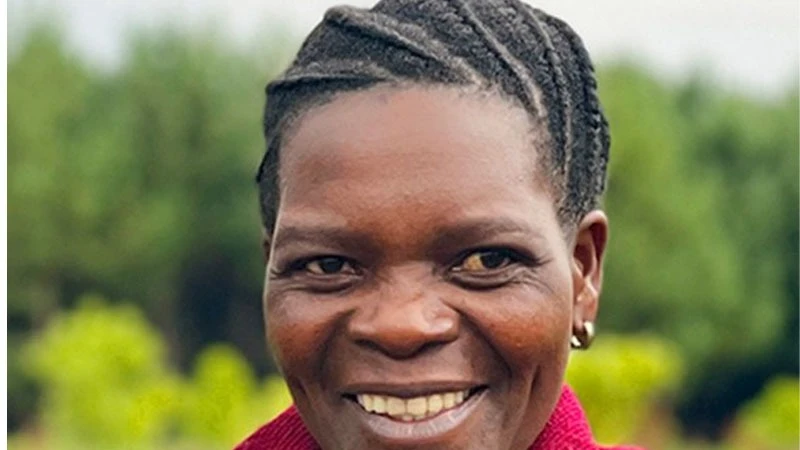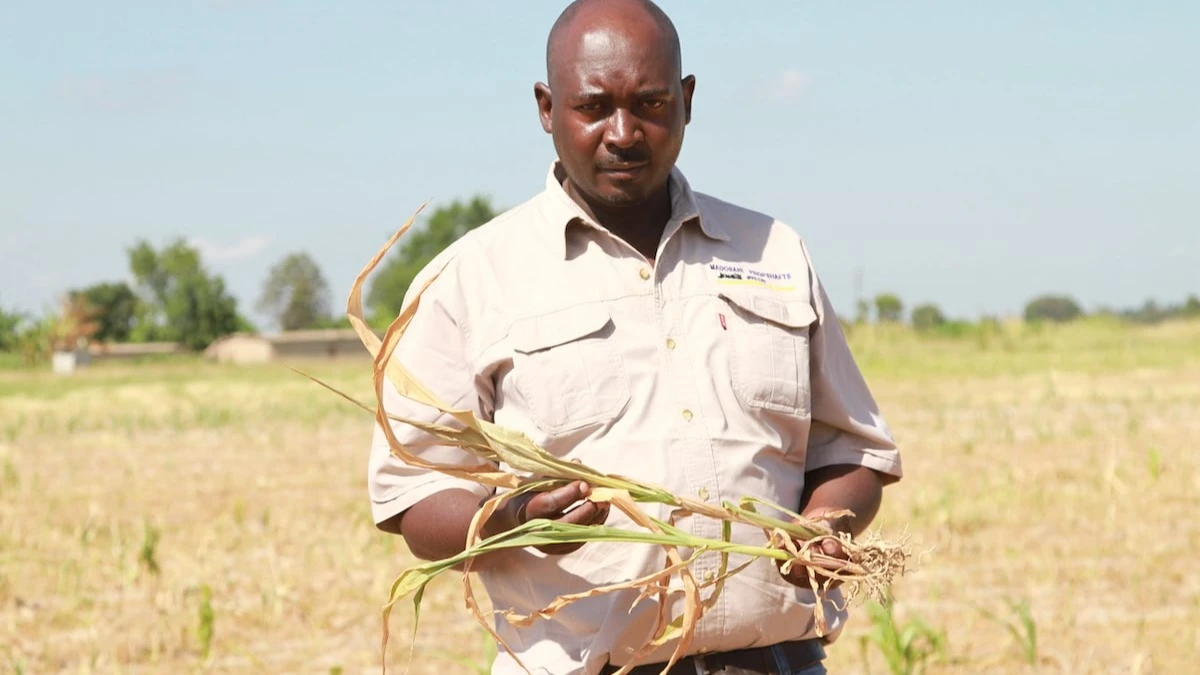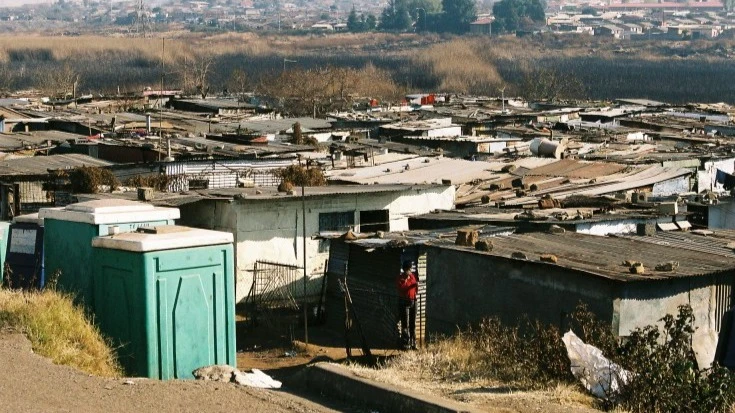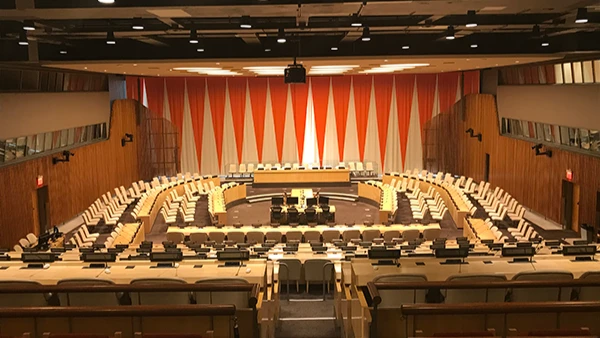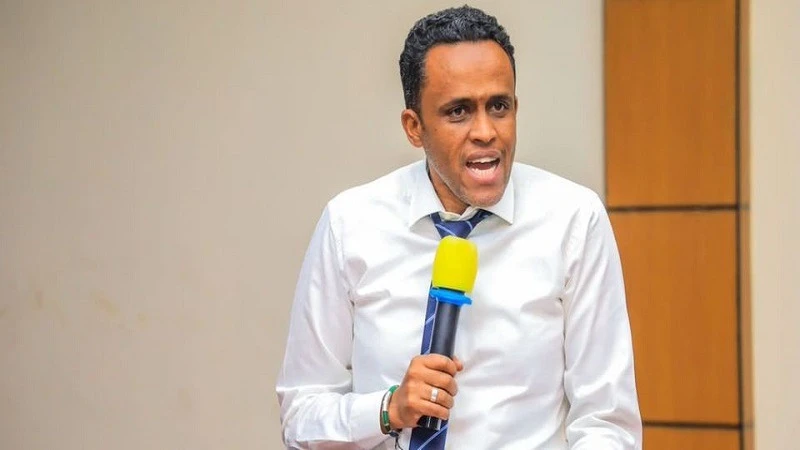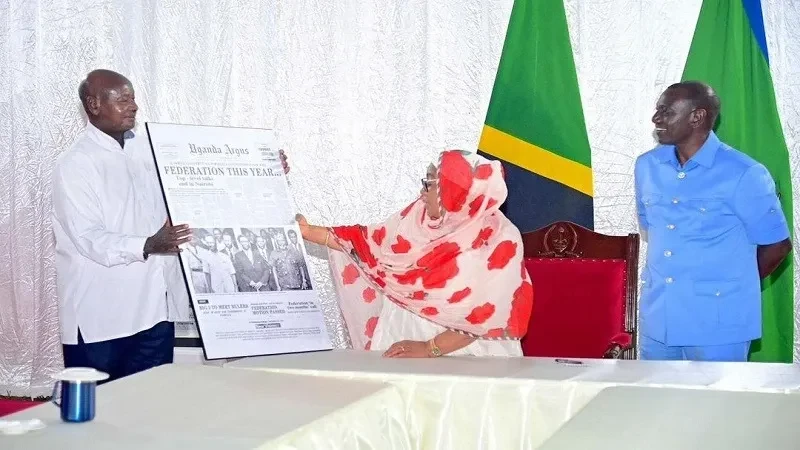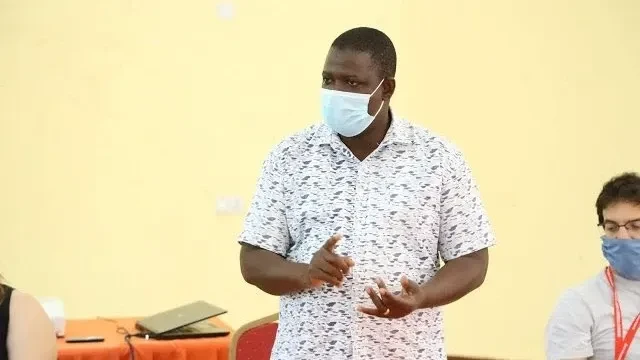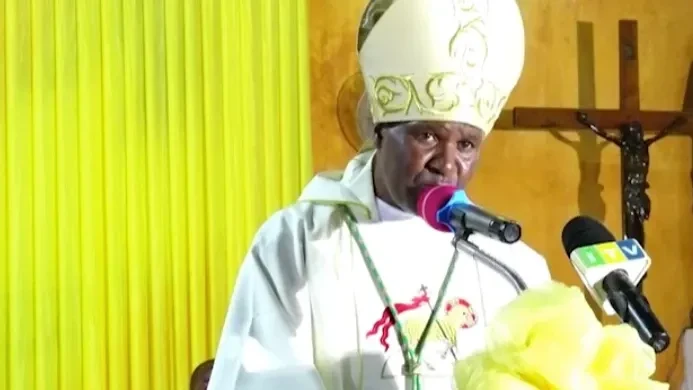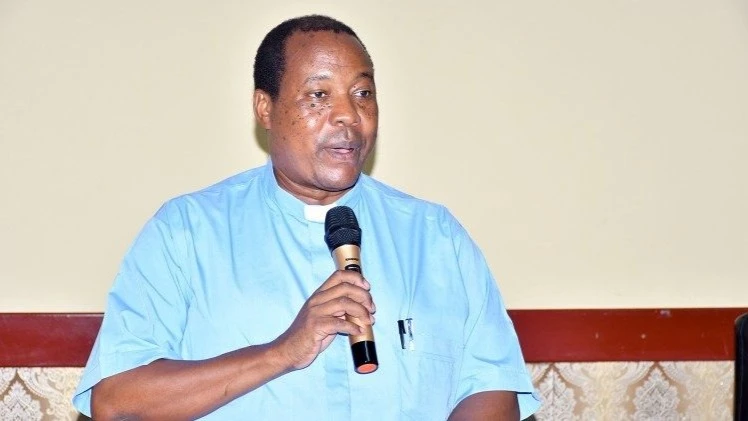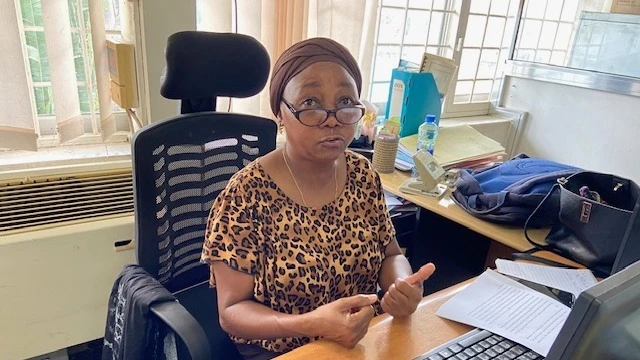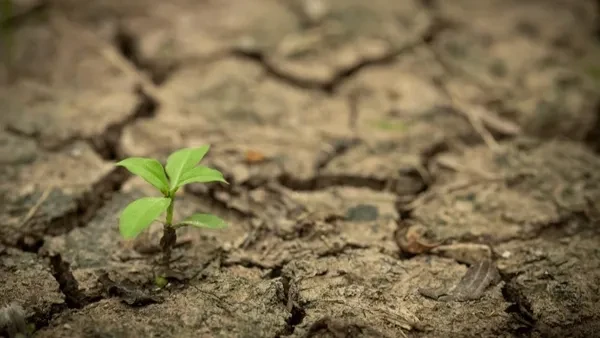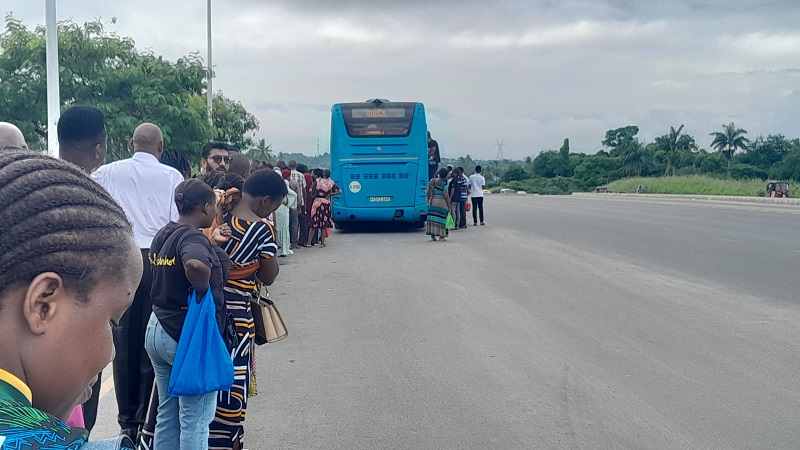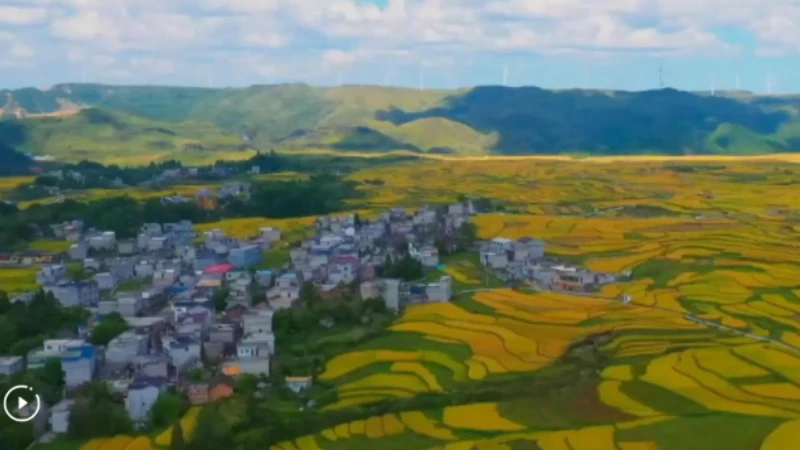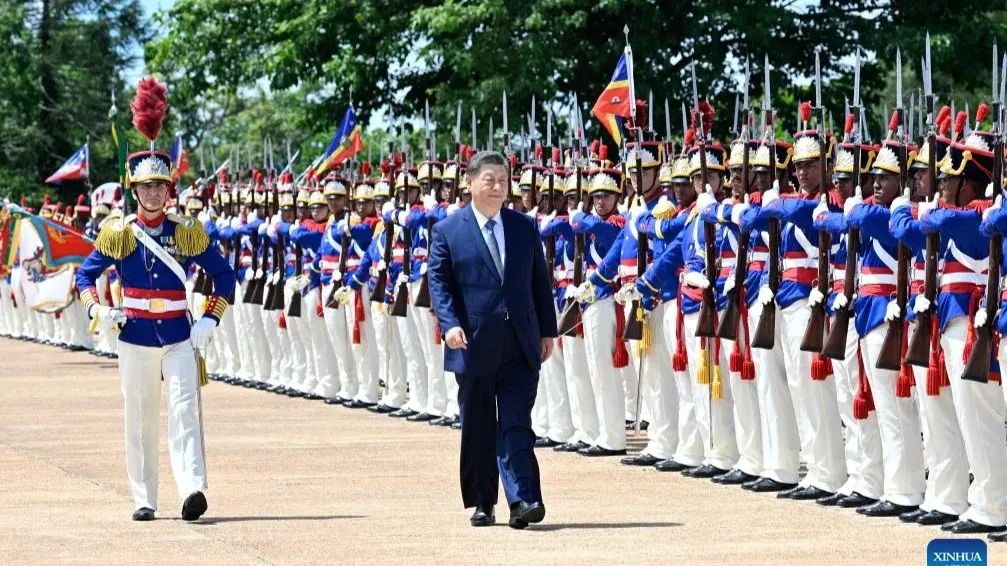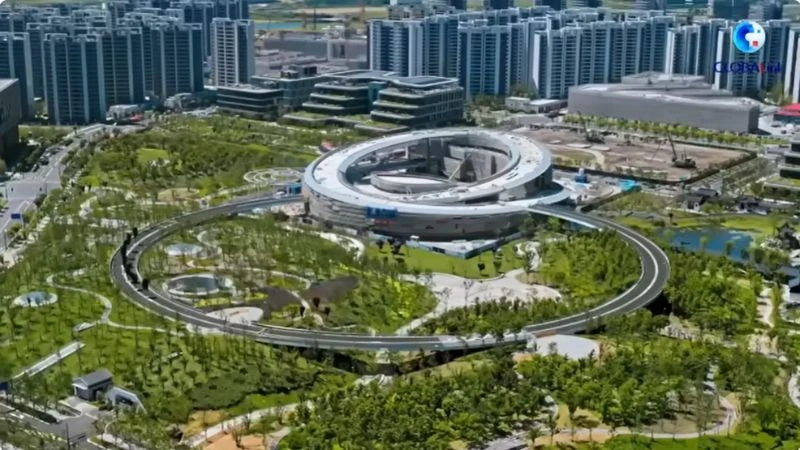Community urged to utilize available resources to address local challenges
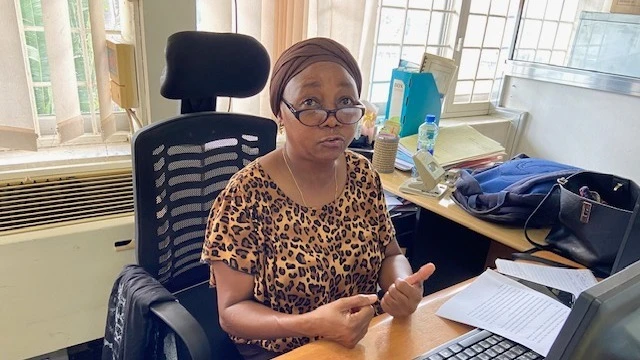
FOR many years, the Tanzania Gender Networking Programme (TGNP) has led an intensive movement-building initiative aimed at advancing gender equality and women's rights through a grassroots, strategic approach.
In an exclusive interview during a five-day training session involving both women and men at the community level, TGNP’s Senior Programme Officer for Training and Capacity Building, Anna Sangai, explained that the training focused on empowering participants with knowledge on how to use participatory action research tools and the Asset-Based Community Development (ABCD) approach.
ABCD is a transformative model that shifts focus from identifying community needs and deficits to recognizing and building on existing local strengths and resources. Unlike traditional models that emphasize external aid, ABCD empowers communities to lead their own development using their skills, knowledge, networks, and physical assets. It is not merely a method, but a mindset—one that views communities as capable and resourceful rather than dependent.
In Tanzania, where grassroots networks such as women’s groups, farmer cooperatives, and youth activists are active, ABCD provides a path toward sustainable, self-driven development.
Sangai noted that through this training—sponsored by the COADY Institute—participants were taught how to analyze the challenges they face and to address them by leveraging resources available within their communities.
A total of 25 participants from Saranga, Kivule, Majohe, Mabwepande, Msongola, and Msigani wards in Dar es Salaam took part, along with representatives from a feminist platform. Most participants came from TGNP-established Knowledge Centers (KCs).
“Animation empowers communities with the knowledge to identify, analyze, and act on issues using the ABCD approach through a feminist lens. This helps ease the burden of women's suppression and promotes their participation in leadership and economic rights,” she emphasized.
ABCD is particularly relevant in the African context as it reduces dependence on aid, encourages communities to solve their own problems, and preserves cultural heritage by utilizing indigenous knowledge. It values inclusivity, recognizing the roles of youth, women, and elders, and is cost-effective by using what already exists within the community.
Sangai further explained that this movement encourages both women and marginalized men—who have long been excluded from resources—to innovate and collaborate. Through open dialogue with local, district, and national leaders, they can demand accountability and effect change.
As part of the movement-building effort, TGNP has been mobilizing communities—particularly women and marginalized groups—to advocate collectively for social, economic, and political transformation. The focus is on long-term systemic change, including awareness-raising, rights education, and cultivating feminist consciousness.
Movement-building strategies also include collective action such as protests, lobbying, and policy advocacy, leadership development through training women to lead movements and solidarity networks connecting rural and urban activists.
TGNP’s Executive Director, Lilian Liundi, stated that since its founding in 1993, the organization has played a leading role in accelerating change toward gender equality in Tanzania.
TGNP’s approach to movement-building includes feminist popular education and workshops on gender equality, land rights, and political participation, held in both rural and urban areas. Participatory methods such as theater, debates, and storytelling are used to make activism accessible.
The organization also works on advocacy and policy influence, campaigning for more women in leadership roles and partnering with feminist groups, youth organizations, and labor unions to strengthen advocacy efforts.
Liundi encouraged participants to apply the "three U's" technique—Uncovering, Understanding, and Utilizing community assets—to identify and address local challenges. She also urged them to serve as ambassadors, sharing the knowledge they gained in their respective communities to inspire positive change.
TGNP’s movement-building efforts have already led to significant impacts. Increased political participation, with more women in local government and parliament and strengthened resistance to gender-based violence through hotlines and safe houses
Economic empowerment via support for women entrepreneurs and land ownership campaigns and youth engagement through feminist clubs in schools and universities.
However, challenges remain, including backlash from conservative factions and limited funding for women’s rights organizations.
TGNP's efforts are part of a broader Pan-African feminist movement that seeks to redefine power structures and ensure that Tanzanian women have a voice in shaping their futures. While notable progress has been made, continued action is essential to combat deeply rooted gender inequalities.
Speaking at the training, TGNP Facilitator Schola Makwaia highlighted the power of animation in advancing social change. She noted that strong female characters in animations can challenge stereotypes, build confidence, and inspire women and girls to pursue leadership roles in fields such as business, technology, and the arts.
“Animation is a powerful tool for storytelling, education, and social transformation,” she said. “It enhances communication, fosters creativity, and has the potential to engage communities across various platforms.”
Makwaia emphasized that animation allows Tanzanian women to see themselves represented in media—a visibility often missing in traditional storytelling formats.
Women in rural areas, who often face barriers such as limited access to education, gender-based violence, and health challenges like maternal mortality and HIV/AIDS, can benefit greatly from educational animations. These tools simplify complex issues and can reach people regardless of literacy level.
Examples of animated education include:
Women’s rights—such as land ownership and domestic violence laws;
Health education—covering family planning, nutrition, and malaria prevention; and Financial literacy—covering topics like saving, entrepreneurship, and microloans.
Makwaia also noted that while Tanzania has a rich cultural heritage, women’s stories are often overlooked. Animation can preserve traditional folktales and Swahili proverbs in engaging formats, offering a modern platform for female storytellers.
With the global animation industry on the rise, Tanzania holds untapped potential. Investment in animation training for women could create jobs in fields such as digital art, scriptwriting, and voice acting.
Breaking gender stereotypes is another important goal. Many Tanzanian girls grow up with limited career aspirations due to societal norms. Animation can depict women as scientists, engineers, and innovators, encouraging girls to pursue STEM careers.
Animated content can also address sensitive topics—such as child marriage, female genital mutilation, and workplace discrimination—in non-confrontational ways that spark meaningful dialogue and policy change.
Organizations such as UN Women and UNICEF have effectively used animation across Africa to promote gender equality.
In Tanzania, animation represents more than entertainment—it is a tool for education, empowerment, and economic opportunity. By supporting female animators and promoting inclusive storytelling, Tanzania can unlock animation’s potential to advance social progress and preserve cultural identity.
Top Headlines
© 2025 IPPMEDIA.COM. ALL RIGHTS RESERVED


